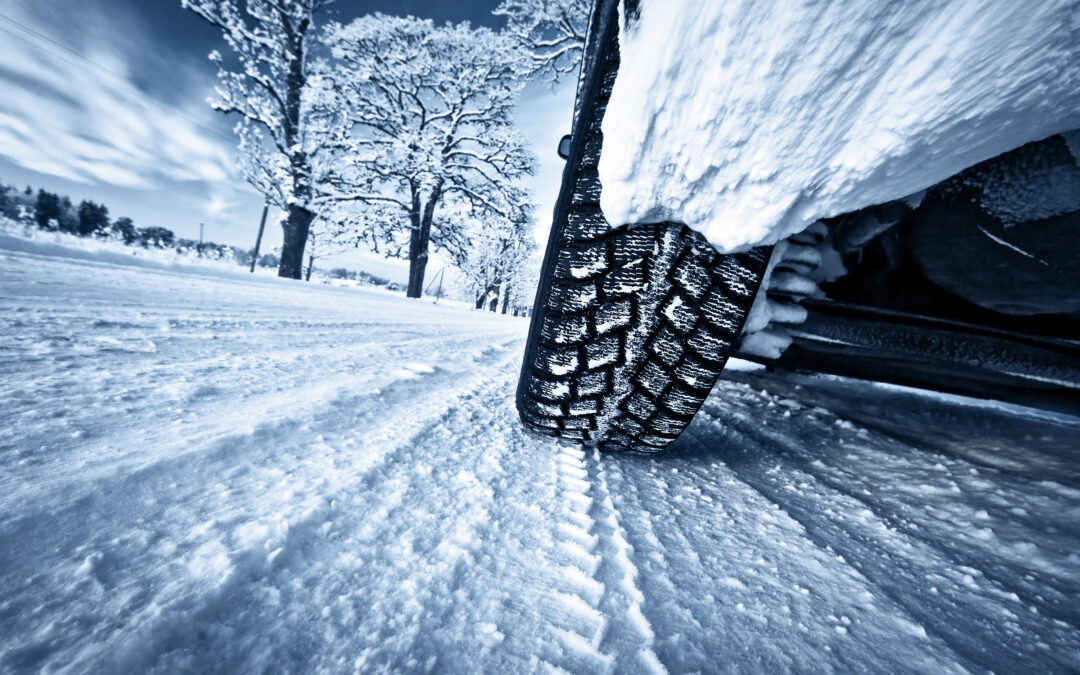Tire Safety: Checking Tread, Tire Pressure and Rotating Your Tires
You know how worn out your feet feel after a long day at an amusement park? Imagine how rough your tires feel everyday after what you put them through. Treat your tires—give them a much-needed pedicure this season.
With the upcoming winter months, tire safety is a top priority. Examining them for wear, along with checking tire pressure and alignment is essential for vehicle safety, and yours. Tires affect your vehicle’s handling, traction, ride, braking and safety. They are the only part of your car that has direct contact with the road, so they take the biggest beating.
For optimum performance, your tires must first have the correct tire pressure for their type. Check the psi on the wall of your tires before filling them up. Underinflated tires can wear unevenly. This results in having to buy tires more often. On the other hand, overinflating your tires puts you at risk for a blowout. Furthermore, the psi in your tires fluctuates on their own. Tires generally lose about 1 psi per month on average, and lose or gain 1 psi for every 10 degree temperature change. This is a natural occurrence. Because of this, tire pressure should be checked on a monthly basis. Monitor the psi and adjust accordingly. Your tires should also be rotated about every 6,000 miles to ensure tire safety.
To inspect tread depth, just use the old penny trick. If Lincoln’s head is above the tread, it’s time for new tires. Relying on the wear bars to let you know when your tires need to be replaced can be a problem. Wear bars usually present themselves at around 2/32 tread depth. This can be ok for dry climates, but not for parts of the country that see lots of rain. For areas like these, it’s recommended that you change your tires at 4/32. This would be the minimum safe zone. For rainier climates, your tires need more tread to evacuate water from beneath the tire. This reduces your risk of hydroplaning. So, if you’re looking for 4/32 instead of 2/32, use a quarter instead of a penny to check the tread. If you see the top of Washington’s head, it’s time for new tires. Furthermore, for areas that see a lot of snow, 6/32 is the recommended minimum tread depth.
Your tire balance and alignment is also essential for tire safety. If your vehicle shakes or pulls to one side, that may be an indication of an alignment issue. It’s a good idea to have your alignment checked annually. And if your vehicle does pull to one side or shake, you should bring it in for a quick check. Furthermore, unbalanced wheels can cause rapid wear of shock absorbers and struts, which can be way more costly to replace than just a couple of tires.
Proper tire maintenance is essential for tire safety. Moreover, it helps improve your gas mileage and vehicle performance. This keeps you from having to visit the pump so many times in this chilly weather. Treat you tires to some much-needed monthly maintenance. Doing so could increase the life of your tires. You could even go more than five years without replacing them. This of course all depends on how and where you drive. Service life can vary from person to person. Regardless, be sure to take advantage of special offers on tire rotation and replacement. It could save you a lot of money in the long run.

